[Herald Interview] ‘The city of Seoul belongs to us’
Architect Lim Jae-yong delves into notion of ‘Collective City’
By Im Eun-byelPublished : Sept. 6, 2019 - 10:12
Though dwellings are important, cities matter a great deal in determining people’s lifestyles.
Delving into the notion, the 2019 Seoul Biennale of Architecture and Urbanism will take place from Saturday to Nov. 10 across Seoul. The second edition of the biennale is led by directors Lim Jae-yong and Francisco Sanin, with the participation of more than 180 institutions from 80 cities, including Berlin, Paris, Amsterdam and Ulaanbaatar, Mongolia.
Delving into the notion, the 2019 Seoul Biennale of Architecture and Urbanism will take place from Saturday to Nov. 10 across Seoul. The second edition of the biennale is led by directors Lim Jae-yong and Francisco Sanin, with the participation of more than 180 institutions from 80 cities, including Berlin, Paris, Amsterdam and Ulaanbaatar, Mongolia.
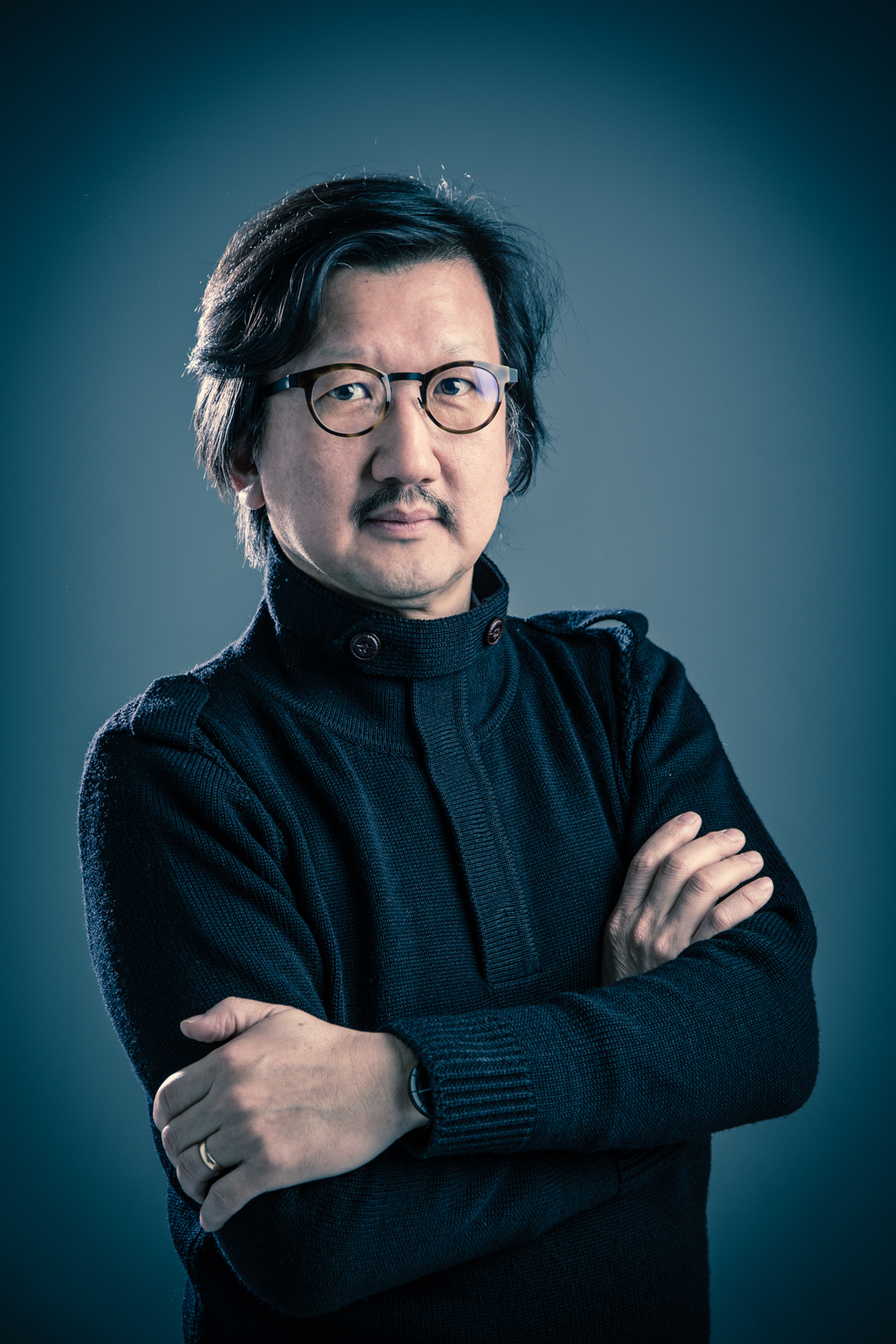
According to 58-year-old Lim, the 2019 event is titled “Collective City” because citizens, architects, scholars and governments need to work together to build a city that reflects the needs of its dwellers.
“This is a biennale about urban architecture. There are about 100 architecture biennales around the world. But few deal with issues related to cities,” Lim told The Korea Herald during an interview Monday in central Seoul.
“Urban issues are not limited to a single city. They are global and can be shared around the world, across affluent or poverty-stricken nations,” he said, adding that Seoul is somewhere in the middle with problems stemming from both sides.
Lim, a graduate of Seoul National University and Michigan University in the US, has had his own architecture office, O.C.A, since 1996 and has won awards almost every year since the early 2000s.
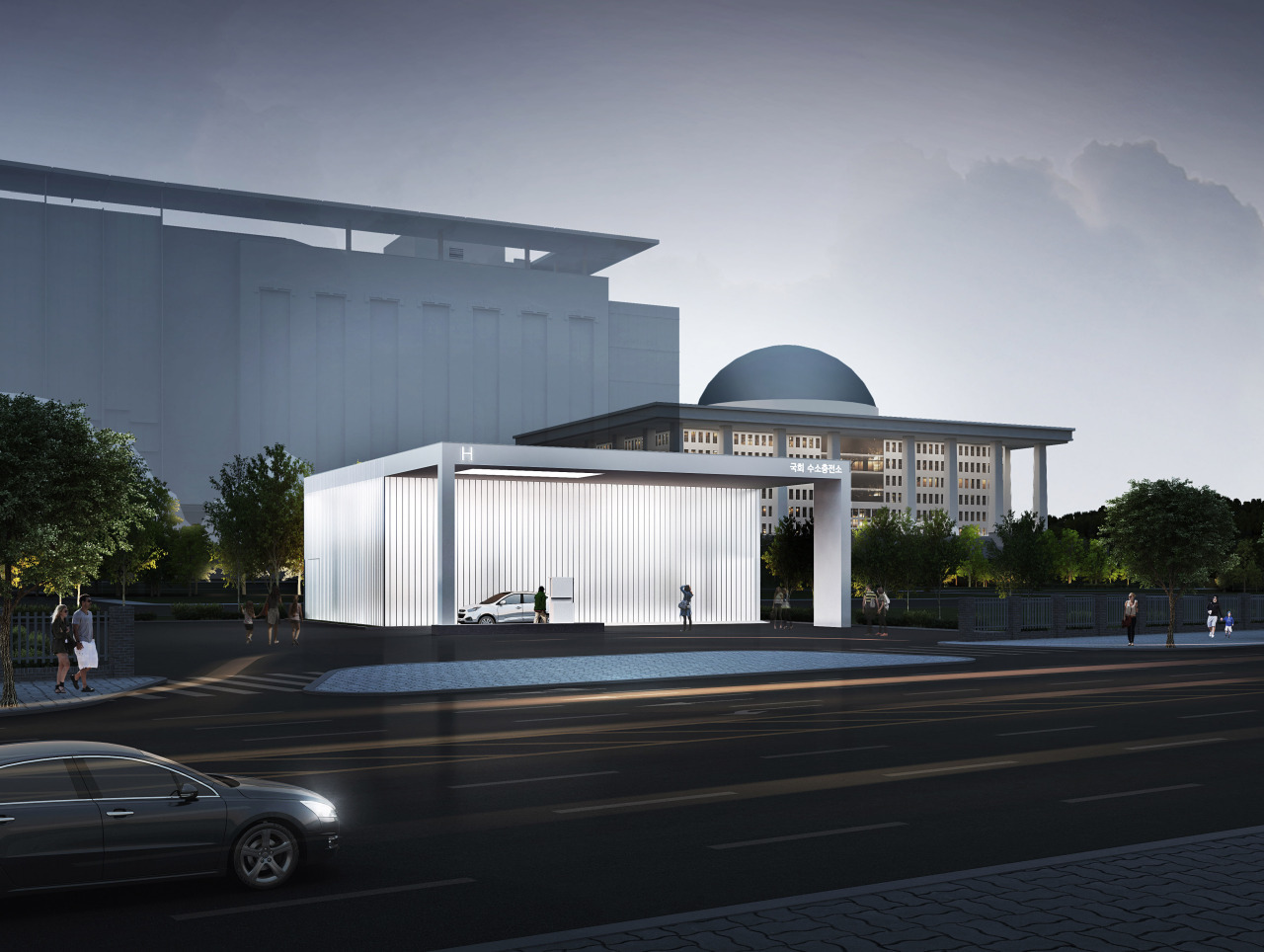
One of the projects he is currently working on is Baeksa Village. The village, located on the outskirts of Seoul, is set to undergo massive redevelopment. Unlike other redevelopment projects, 10 architects, including Lim, came together to create a new type of town with multiple housing options rather than a massive apartment complex.
“It is a new attempt on the consensus of how a town should be built,” Lim said, highlighting his belief in the value of towns, villages and neighborhoods. He thinks they matter a great deal in determining a person’s quality of life.
“(As an architect) I am ashamed to say that I live in an apartment. It, however, would be more appropriate to say that I live in a village,” Lim said.
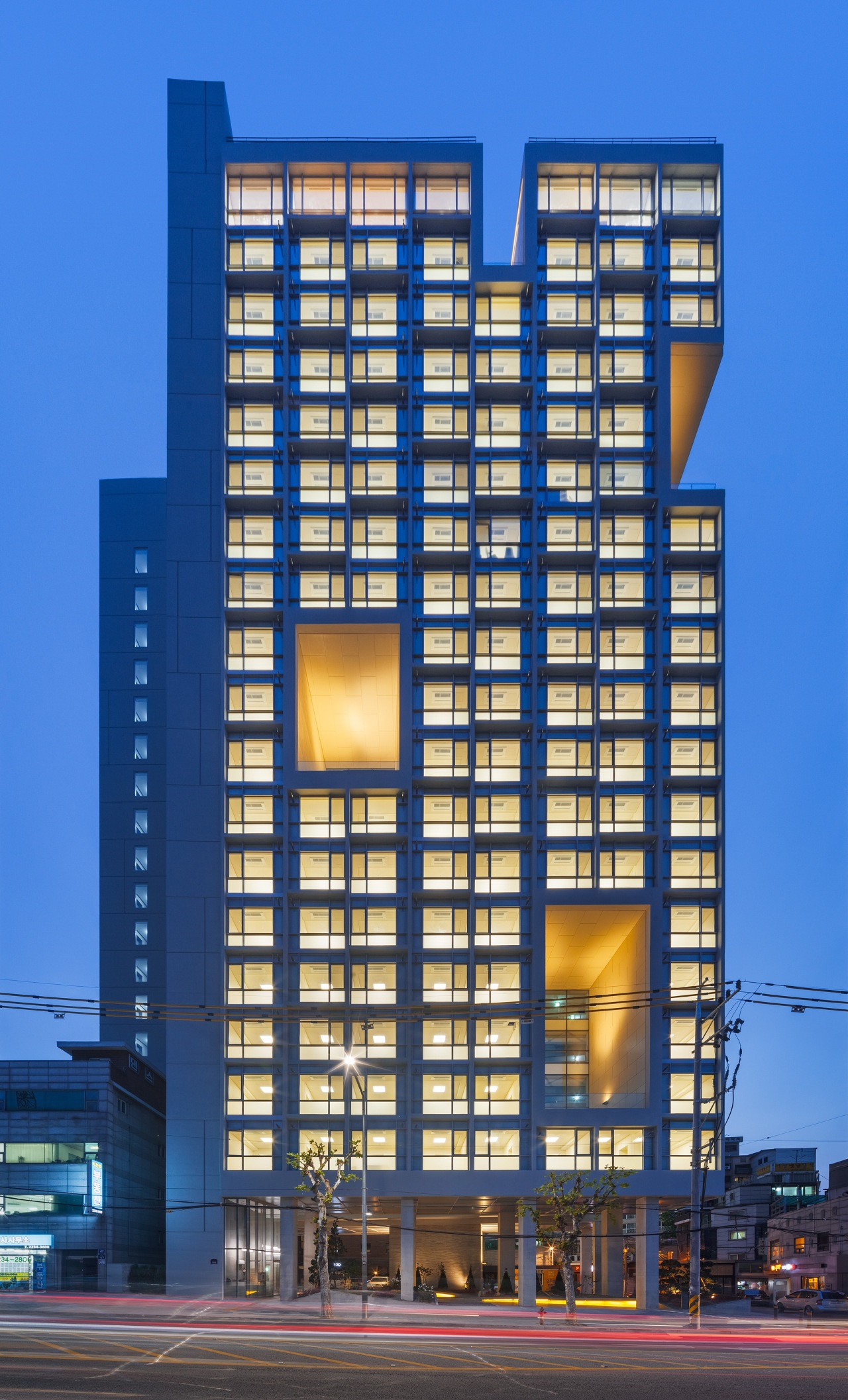
“The apartment itself does not hold much meaning for me. It takes a two-minute walk to go to my favorite cafe, Han River Park takes five minutes, church takes seven minutes and my favorite restaurant is a 10-minute walk away,” he said, adding that he is grateful to live in a nice neighborhood.
That is why the architect asserts that a city should be walkable, and should not be segregated by districts according to functionality.
“The northern part of Seoul has hope. But southern Seoul is becoming more isolated than ever, with massive, towering apartment complexes. The complexes may be convenient, but isolation is inevitable,” he said.
But the architect is sure that the city can change for the better.
“Four years ago, I did an exhibition about Seoul in Berlin (titled “Seoul: Towards a Meta-City”). Through the presentation, I tried to deliver (the message) that Seoul has dropped the megacity strategy and is trying to become a meta-city, meaning that it will halt unbridled development plans and become a city that can respect its people, history and land.
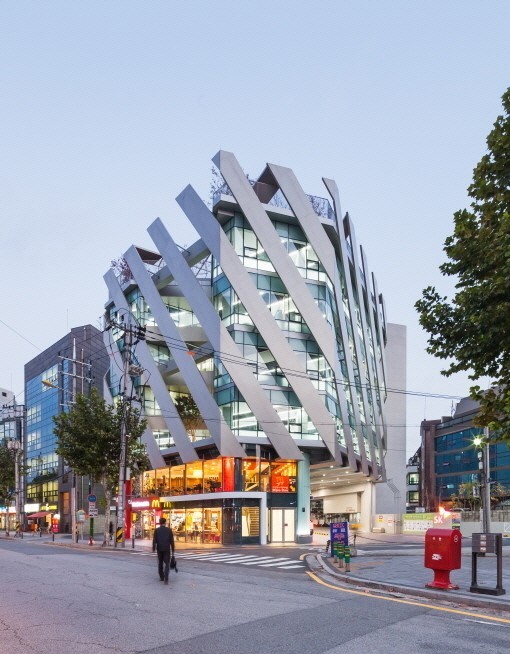
“Korea is a dynamic country. Everything changes in two to three years. But the good thing is that we make amendments after failures. The cycle itself is an unavoidable phenomenon of capitalism, but it flows faster than that of other cities.”
Though it may not offer solutions to all the problems associated with Seoul, Lim hopes the upcoming biennale will provide valuable data that Seoulites can use to improve their city while learning from others.
“It would be nice to see what other cities (and other countries) have at stake as of now. We should be more than bystanders. The city of Seoul belongs to us. This can be an opportunity for people to think about how we can change the city of Seoul for the better.”
On the subject of his future career plans, Lim said he aims to create new forms of architecture.
One of his most recognized works involves gas stations, unusual for an established architect like him.
In a series of his buildings constructed between 2007 and 2013, gas stations were installed on the ground floor and on higher floors too. One of the buildings also had a fast-food drive-thru, which was rare at the time.
The establishments were appreciated for their functionality and aesthetics and also for being an innovative take on regulations and laws that affect the construction field.
“I am unintentionally witnessing the ever-changing motor culture. Through the series, I saw the rise of self-service gas stations, drive-thru stores, and now, I am witnessing the rise of sustainable energy production,” Lim said.
Lim’s latest project will be revealed Tuesday -- a hydrogen refilling station at the National Assembly. He is also working on an electric vehicle charger on Jeju Island.
“Architects should approach projects that people had not thought architects were needed for,” said Lim.
Lim also has more conventional projects to work on, such as office buildings. He is an avid promoter of the “terrafice” concept -- a terrace for the office. His recent creation is a building for cosmetics company Clio, in front of Seoul Forest. Every floor has a terrace, allowing employees to breathe fresh air and enjoy the sunlight.
By Im Eun-byel (silverstar@heraldcorp.com)










![[Kim Seong-kon] Democracy and the future of South Korea](http://res.heraldm.com/phpwas/restmb_idxmake.php?idx=644&simg=/content/image/2024/04/16/20240416050802_0.jpg&u=)



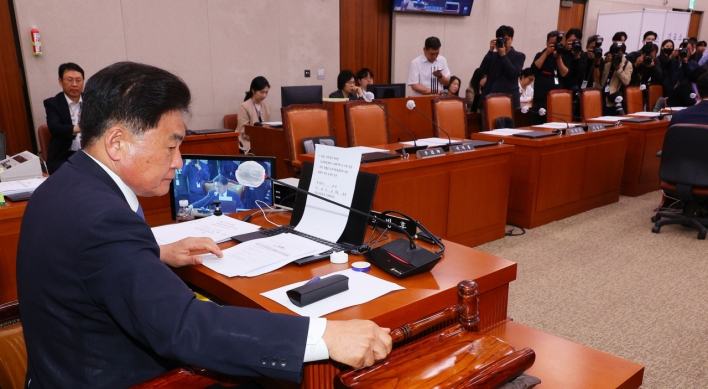

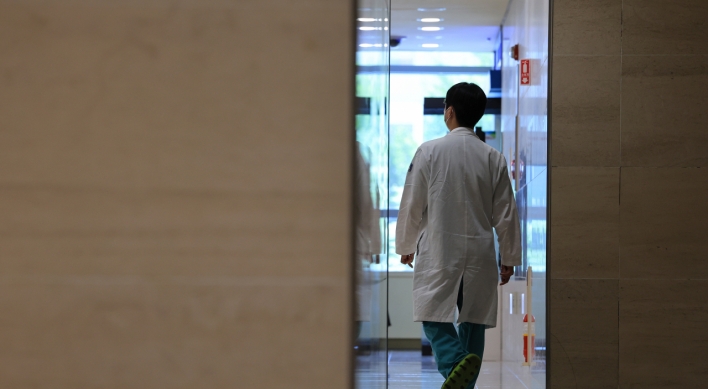


![[Today’s K-pop] Zico drops snippet of collaboration with Jennie](http://res.heraldm.com/phpwas/restmb_idxmake.php?idx=642&simg=/content/image/2024/04/18/20240418050702_0.jpg&u=)